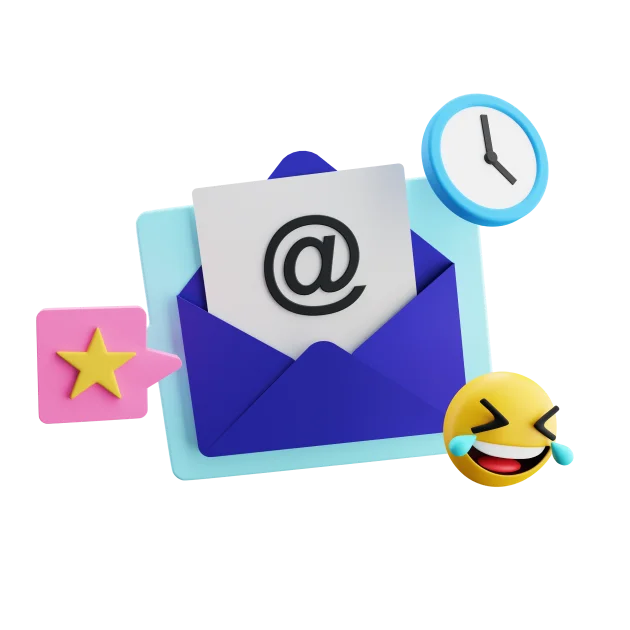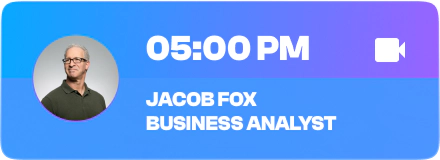If you’re new to mailing lists, you’re likely to come up with a million different ideas. You are ready to write a lot, often, interestingly. Independently or with the help of a specialist (s). However, sooner or later, the topics will come to an end. This is where a content strategy will help. It’s like a lifeline and will help you not to drown in the abyss of a creative crisis. Let’s figure out what a content plan is, what are the advantages, how to draw it up, and why it makes no sense to follow it 100%.
Why is it needed at all? There are at least four reasons:
- Saving time. You don’t have to grind out the topic every time, because you will have a ready-made plan.
- Saving energy. Generating ideas is a difficult process. It’s easier to spend a few hours a month preparing a monthly plan than to struggle every two or three days and try to come up with a topic.
- Higher quality. It would be more effective if the texts are produced by a team (content manager, copywriter, and designer). You don’t have to worry about burning deadlines and do just how to be on time.
- Prompt adjustment. If you have a content plan, you can swap themes and quickly replace and refine them.
What should be considered in the content plan?
First and foremost, you need to think about a clear strategy and set specific goals that you want to get from email marketing. Only then will you be able to create an effective content plan for your mailings?
There is no perfect table for creating a content plan. Each specialist thinks through himself what he needs to take into account, but some points are mandatory when drawing up any plan:
- Date and time of publication. You should start with tests and track the reaction of your target audience to determine the most successful delivery times and the desired range. There is no perfect time for sending letters – everything is individual here.
- Content-type. Email messages are divided into various topics, which are chosen based on your niche and target audience. In your content plan, you can alternate several types of letters to warm up the audience and, later, with a call to targeted action.
- Approximate plan (topic). As I said, in order not to generate ideas before creating each letter, you can think ahead of everything in your content plan. You can write what your letter will be about and what part it will play in the chain of your strategy at this stage, making it simpler to write the right text and consider the letter’s design.
How to find content topics?
This is the most challenging point for many people, however, to simplify this task, first of all, you need to set the main goal for which you are making this content plan: perhaps a big autumn sale is coming soon, the launch of a new product that you want to show your customers, acquaintance with the company, an announcement of an event or just a digest of the main news to keep abreast.
After that, you will be able to determine what type of content you need, since you will understand what you want to achieve from your audience. But to include relevant and interesting topics for your target audience, it is advisable to delve deeper into the study of your potential buyers to identify their pains and needs.
Chat with your customers. If there is an opportunity to personally interview – use it, if this is not possible – survey the mailing list or social networks.
Browse the thematic communities of your target audience. If you can single out a specific audience by profession, status, geolocation, or interests (for example, developers, young mothers, residents of a certain city/district, etc.), search for groups in social networks, and forums and see the most popular questions and topics.
Arrange brainstorming with colleagues. More often than not, this is how cool ideas are born: everyone expresses their opinion, raw ideas are refined, and then they turn into ingenious strategies.
Review your search terms. See what your audience might be looking for, and what problems they are trying to solve – and based on this, create an email that answers those queries.
As you can see, the main thing that you should consider when creating a subject line is the wishes of your target audience. As you know, each letter must be of value to the user, otherwise, you are simply doomed to failure.
Some useful tips
Instead of conclusions, I decided to collect some more useful tips to help make your email newsletter more effective:
For different audience segments – a different approach. This applies to the topic, and the text, and possibly the design of the letter. Before launching mailing lists, you must sort your audience according to certain criteria, for example, by place of residence – this will help to make effective personalization of the letter by mentioning the city in the mailing list.
- Try to personalize emails and change accents so that the user gets the impression that you prepared this letter, especially for him.
- Try to regularly conduct a / b testing: themes, buttons, calls to action, and so on – this will help to better study your audience and better understand what they like and what they don’t.
You don’t always have to stick to your content plan perfectly: remember to react quickly to any event in your niche. Try to review information related to your area once a week, and make adjustments if you understand that this topic will be of interest to your audience.
Hope this article helps you create an effective content plan that will ultimately complement your email marketing strategy. Successful mailing lists!




